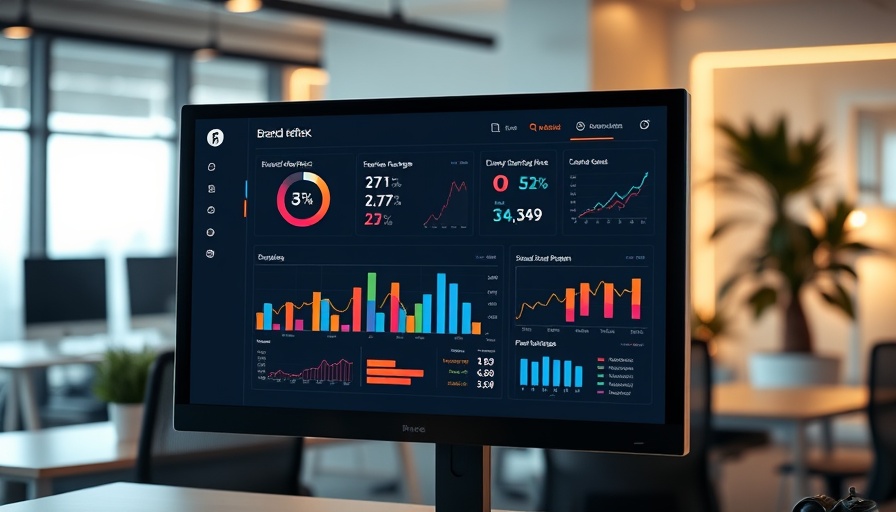
Understanding the Lifeline of a Brand Refresh
In today's fast-paced market, businesses often undergo brand refreshes to stay relevant. However, the real test isn’t just in the initial excitement; it’s in the staying power of these changes. Legat Architects serves as an enlightening case study on this topic, demonstrating what truly keeps a brand fresh and relevant long after the initial launch buzz has faded.
The Human-Centered Approach
Legat achieved a brand refresh that aligned seamlessly with its human-centered design philosophy. The architects aimed to reflect how individuals experience their spaces in their branding—from functionality to emotional resonance. This focus on empathy and connection isn’t just beneficial; it’s critical in architecture where designs must serve human needs. Thus, their refreshed brand lived beyond a mere aesthetic overhaul. A powerful brand is crafted out of intention, purpose, and most importantly, genuine understanding of the community it serves.
Maintaining Momentum
The challenge many brands face post-refresh is maintaining momentum. As Legat found, the initial engagement spikes may not sustain unless there’s a strategy for ongoing alignment and evaluation. The architectural firm saw its refreshed brand identity at first inspire excitement, but as attention waned, it required keeping flexible design elements that adapted to changing circumstances. This allowed them to retain their core vision while evolving with market dynamics—a balance that is increasingly important in any competitive industry.
The Role of Data in Branding
Critical to the lasting impact of their brand was the ongoing evaluation of its performance. Legat implemented a system to track various metrics, such as engagement rates and client feedback. By performing this analysis, they could pinpoint aspects of the brand that resonated or needed tweaking. This data-driven approach represents a significant shift in how brands need to think about their identity: it’s not just about making changes but understanding how those changes perform and adapting based on insights.
Values Manifested in Action
Perhaps the most telling element of Legat's branding journey is how internal adoption translates to external perception. The firm's renewed identity became part of their everyday work culture, from proposals to discussions in community meetings. This integration of brand identity into operations is essential for consistent client experiences, reinforcing the firm’s values and approach from every point of contact.
What Can Other Businesses Learn?
For business owners considering a brand refresh, the lessons learned from Legat are invaluable. Firstly, engage in a thorough introspection of your brand’s mission and how that aligns with market needs. Next, ensure that any changes made are not solely for aesthetic appeal but resonate on an emotional and practical level with your target audience. Additionally, don't forget the importance of data; continually measuring your brand's performance post-refresh helps you stay agile and relevant.
The Importance of Flexibility and Adaptation
Finally, the architectural industry highlights that flexibility and adaptability are keys to success. As environment, codes, and consumer needs shift, brands must reflect that in their outreach and identity. By using Legat’s experience as a guiding example, businesses can cultivate brands that not only capture initial attention but also foster prolonged engagement.
Get Help Selecting a Preferred Provider
As you consider your brand’s future, take inspiration from Legat Architects’ journey. Embrace the human-centered focus, flexible adaptations, and data-backed evaluations necessary for a sustained brand presence. Ready to revitalize your brand? Get help selecting a preferred provider that fits your unique needs and needs in today's dynamic market landscape.
 Add Row
Add Row  Add
Add 




Write A Comment